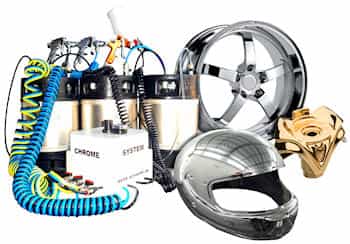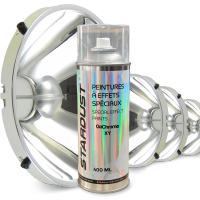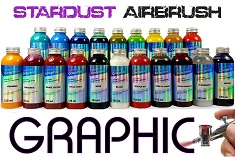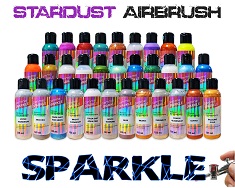All Products are in stock
and shipped from France.
Delivery within 48 hours.
and shipped from France.
Delivery within 48 hours.
Our categories
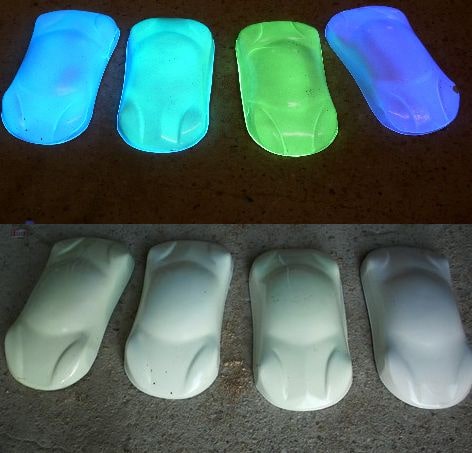 How to get a phosphorescent car ?
How to get a phosphorescent car ?
Known and used for more than 80 years, phosphorescent paints have benefited from a great technological leap forward, with an invention and a patent of Japanese origin in early 2000 concerning the improvement of the pigments that make up phosphorescent paint . Much brighter, the new paints based on Strontium* can be applied in almost all areas, particularly in the world of tuning and car bodywork.
The process is simple, let's even say standard, and does not require any special equipment or source of electricity to operate the paint. We proceed with the same steps as those implemented to repaint a vehicle with classic colors, ie base and varnish.
We note however that the system is three-layered, because it requires a white background**.
Which phosphorescent paint for a car body ?
Before embarking on this project, which many enthusiasts have already tried and succeeded, it is useful to learn about the operation of the light reaction, and also the viability of the project.
In urban environments, there is no such thing as darkness! Light pollution is constant, the streets of cities are permanently lit by streetlights. So, this means that the effect produced may be there, but it will be ineffective !
For maximum phosphorescence, we will choose strong phosphorescent colors, such as green and turquoise and we will put aside the “rare” colors. The painter must also apply a maximum of coats on the bodywork in order to achieve a high level of photoluminescence : it is estimated that 4 coats are the minimum quantity to be applied to achieve class C***. If you want to obtain a class C, D, E or even G phosphorescent car paint, you will have to multiply the layers.
So which type to use : water-based or solvent-based, it doesn't matter, the important thing is to use a 1C two-coat (single-component) phosphorescent car paint.
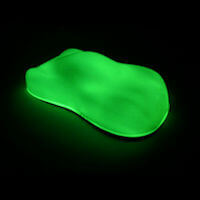 Phosphorescent car paint
Phosphorescent car paint
It is therefore a 1C matt base type paint to be varnished, which we will choose to apply many coats, rather than a 2C polyurethane paint, which will flow from the 3rd coat. The phosphorescent car paint consists of a transparent base and phosphorescent micro crystals. It has a colorless appearance and little coverage, slightly greenish.
How to load the phosphorescent paint ?
You can leave your car outside, store the sunlight. It is insensitive to UVs. Only a few minutes can fully charge it. Like a battery, it lasts several hours and often up to half a day.
Some, to be clearly visible in the streets, have made a recharging chamber, with UV lamps lining all the walls of the garage, so that the phosphorescence is at its maximum level from the start.
Some additional technical info
* Strontium is a heavy, semi-precious, fairly rare metal. It is deactivated, neutral and non-radioactive, therefore non-hazardous.
** The white background may exceptionally be replaced by light and bright color tones
*** Class C is a performance level of phosphorescence, used in the field of security in Europe for phosphorescent equipment.
Examples of phosphorescent paint for cars and motorcycles
If one does some research on the web, one can find some examples of phosphorescent paint for car and motorcycle from various countries. Projects of "complete painting", that is to say the vehicle completely painted in phosphorescent, are very rare. As for motorcycles, it is easier to find totally phosphorescent motorcycles, bicycles, rims. Most often, only certain areas are painted phosphorescent.
How to make a phosphorescent Raptor painting ?
The Raptor seems to be the perfect coating to achieve a phosphorescent paint. As this technique becomes popular and many painters are wondering how to make Raptor phosphorescent paint, so we wrote an article on the process with the necessary information on the types of pigments, the mixing ratios, as well as the instructions for use. .
Phosphorescent paint for decoration and creative hobbies
Phosphorescent paint for bikes
Phosphorescent paint for safety











































